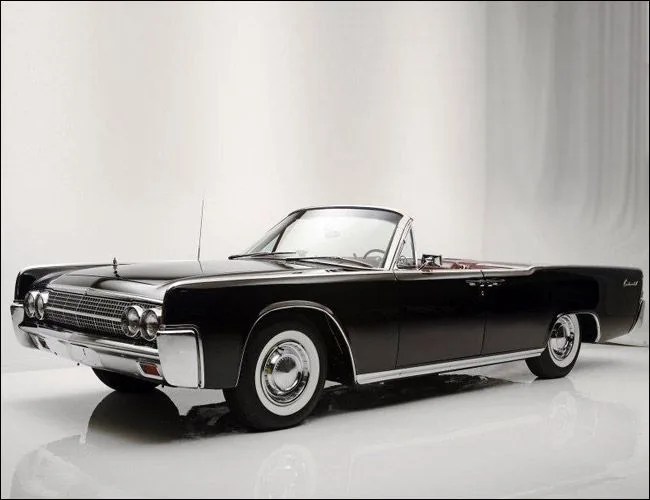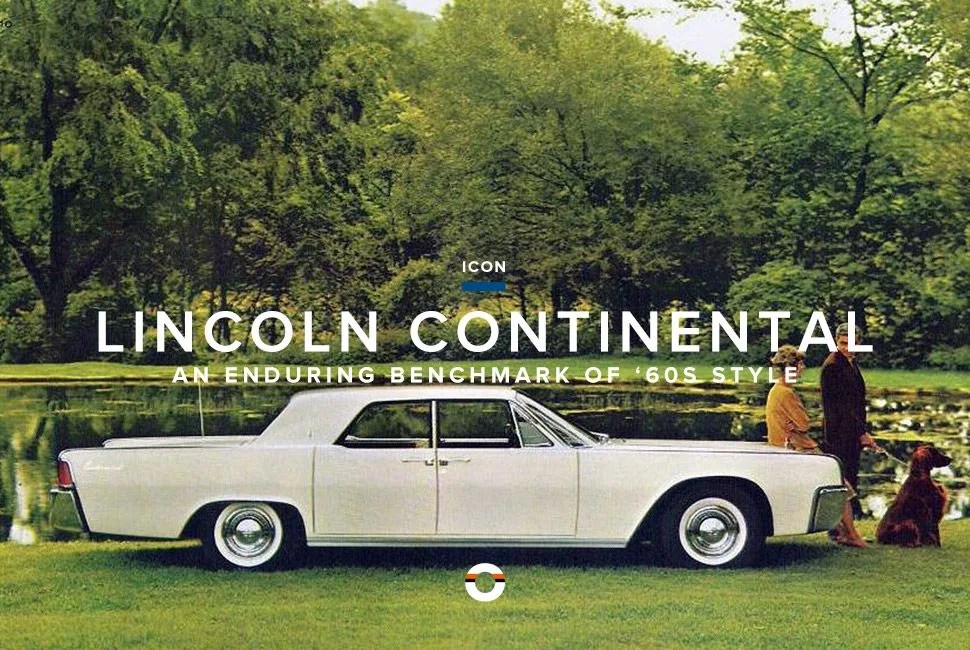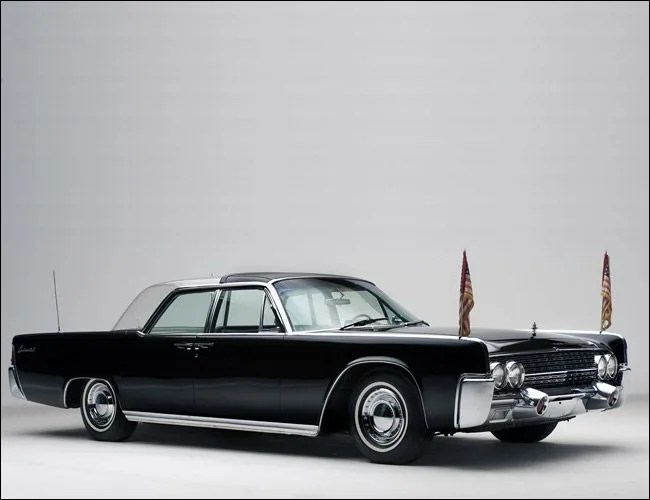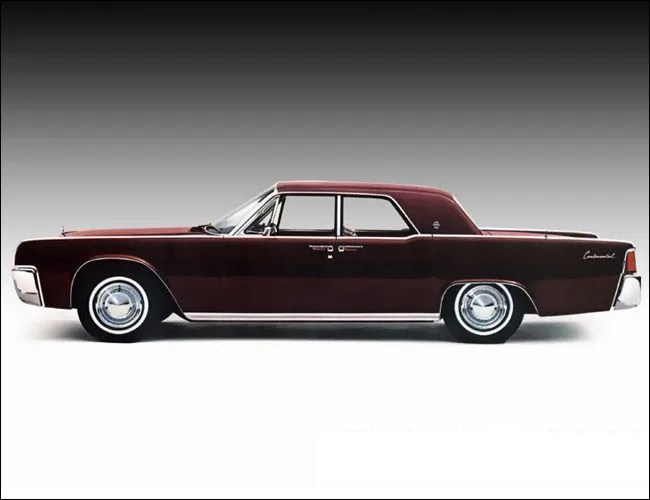A great deal changed at the dawn of the 20th century’s seventh decade. Indeed, the Sixties were flush with revolutions: in music, sexuality, drugs, fashion, wider-sweeping social reform and more. And then there was the look. Psychedelic patterns and deep-pile shag carpet ran rampant through the era, but it was the Don Draper-esque looks of the Sixties that stuck and still strongly reverberate today. Skinny ties, streamlined furniture, chrome, elegance: these are the essences that seems to ooze forth from the paint of Lincoln’s 1961 Continental sedan and convertible. At the time, Lincoln was coming off the booming ’50s, high on both the spirit of Americana and of bulbous, massive vehicle design. The Continental needed to go on a diet, and in ’61, the result was the automotive revolution we needed.
DIG THESE OTHER HEP RIDES: BMW E30 M3 | Ferrari F40 | Porsche 917 | Jaguar D-Type
What It’s All About

Originally a singular, custom-built cruiser commissioned by Mr. Edsel Ford himself to use on a vacation in sunny Florida, the Lincoln Continental was born into obscurity. Yet it quickly exploded to popularity as a competitor to Cadillac’s chauffeur-class, well-heeled cars. That very first Continental was built from the modified body of the Lincoln Zephyr, and featured what would be the Continental’s trademark for most of its life: a trunk-mounted spare tire. Early models were V12 powered and exclusive, but second-generation Continentals were limited in number and so top-tier in build quality that they sold for $10,000, which in the mid-Fifties was four times what a “regular” car would cost. This put the Continental square in Rolls-Royce territory and meant that only the very privileged (like Frank Sinatra and Nelson Rockefeller) could snatch them up. Third-gens were even more massive, as cars typically were at the time: the Continental grew to nearly 20 feet in length, setting size records within the Lincoln division that still stand to this day.
But then the Sixties ushered in a drastic shift in most aspects of American life, and Lincoln responded handily. Designer Elwood Engel, who could easily be famous for his name alone, is credited with redesigning the Continental for the ’61 model year, though the vehicle he created was originally meant to be the new ’61 Ford Thunderbird. In order to resurrect its then-weak business, Lincoln snatched his Thunderbird design, then stretched and reconfigured it to do duty instead as the sole car in Lincoln’s lineup. The resulting vehicle was a resounding success and has continued to be one of the more visually memorable cars to grace the American landscape, and American cinema, alike. Notably, along with its significant place in car design history — with its rear-hinged doors, still imitated grille and symmetrical “slab sides” (or “blade sides”) that continued mostly unchanged for eight years — the Continental convertible gained unfortunate fame as the car President John F. Kennedy was riding in when he was shot and killed in 1963.
In fact, the new Continental’s shrunken size was such a departure from its forebear that some ads showed a sedan being parallel parked by — gasp — a woman.


